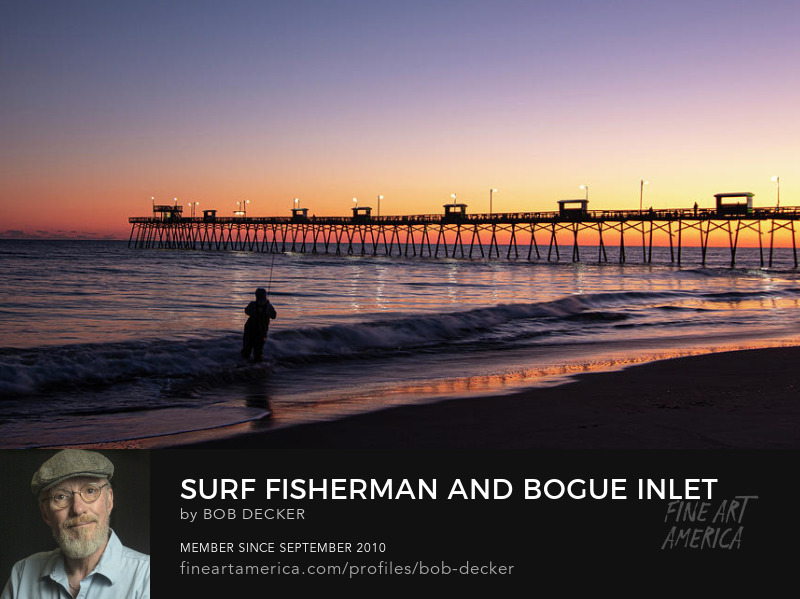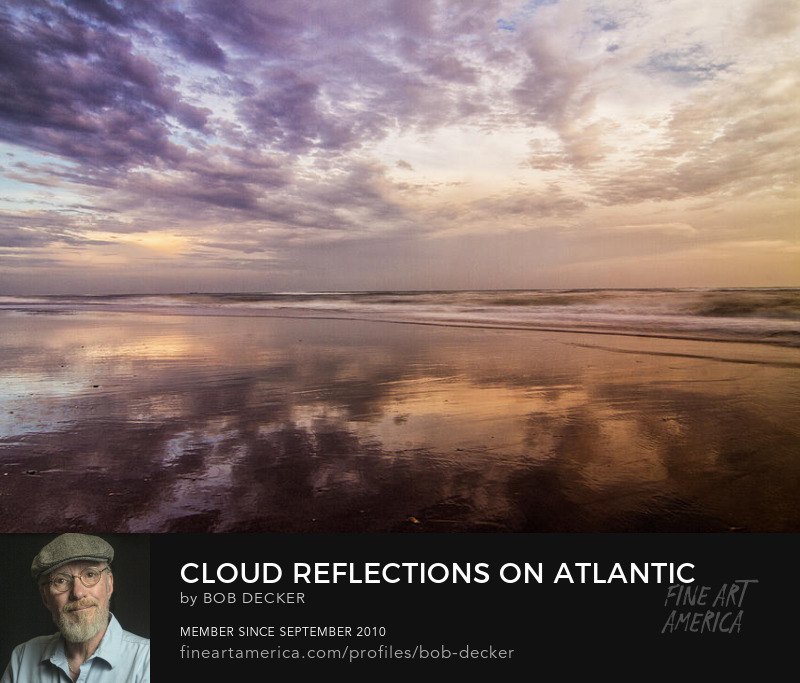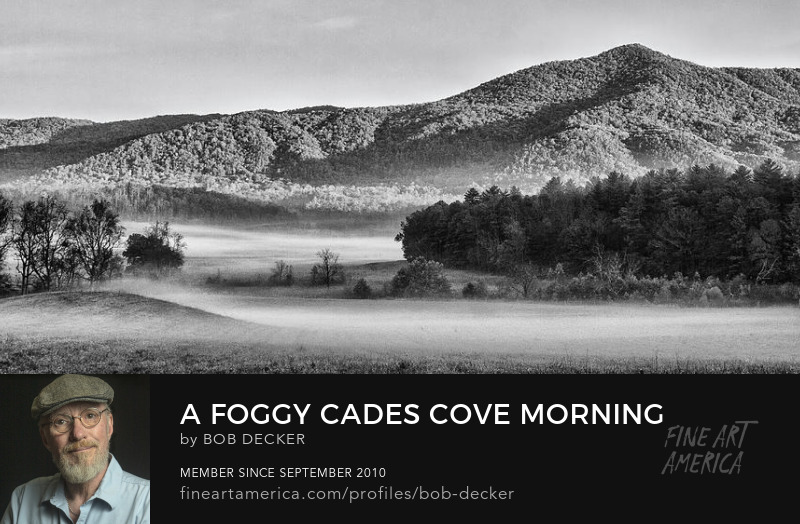The common advice is that for shooting landscape and other wide angle photographic subjects you should use a digital camera with a “full crop” or “medium format” image sensor. So called “crop sensors,” such as the APS-C, are only suited for photographing action sports, wildlife and perhaps macro subjects. But the fact is this popular camera format is quite versatile and can be used for a wide variety of imaging. It might even be arguable that they are the best choice for photographers that are restricted to a single DSLR body.
So why might a photographer be restricted to a single DSLR camera body? When exploring new areas, hiking for instance, weight can be a factor. The addition of another camera also equates to carrying an additional load. The different bodies may not use the same battery, meaning the need to pack extras for both cameras. Plus the controls may be somewhat different, leading to potential confusion when making photos. By carrying a single body things get a bit simpler. As the acronym KISS implies, “keep it simple stupid.”





Follow me on Instagram @bobdeckerphotography

4 Comments
There’s nothing I can’t do with my Nikon Z50 APS-C camera. I also have a Z6, but when going out I most often reach for the Z50. Size and weight really do matter. In any photo expedition, there’s a point where you start to get tired and start to think about heading home; with light compact gear, you go a lot longer before reaching that point. And sometimes that’s when you find the really good one.
I have not used full frame since my film camera days. My current kit consists of two camera styles, a Nikon (DX) and and Olympus (MFT). The Nikon comes in at 24MP and the OLY at 16. However, I am about to “upgrade” the OLY to a newer 20MP body. I have zooms and primes for both cameras and a Macro for the Oly (because it has an articulating screen in addition to the excellent eye-level viewfinder). This serves me well and I am seeing some nice success with my online gallery at Fine Art America.
I’ve been a full frame user for some time, but I must admit I doubt if you could tell much difference these days between my images and any others. The quality has just improved by leaps and bounds and now the enhanced enlargement in the Adobe products means that you can also go around with a camera with less resolution and boost it when needed. I think there is a big difference when you switch between DSLR and mirrorless though – I find that invaluable in actually seeing what the final image might look like – especially with ND filters attached etc. So I’m happy with my Sony A7R3. I don’t normally carry anything like the collection of lenses that you do though! Great images to illustrate the article!
Steve
Thanks much for the comments. I greatly appreciate them. Since writing the above article I have bitten the bullet and placed an order for a used Canon 6D body. This will be my first “full size” sensor body since adapting digital photography so many years ago. To be honest one of the biggest selling points to me is that it as an articulating rear screen. That will be very handy for many of the things I do. When I receive it I can imagine myself hiking in the field with a telephoto on my crop camera and a wide angle on the 6D. You can be a report will follow soon.